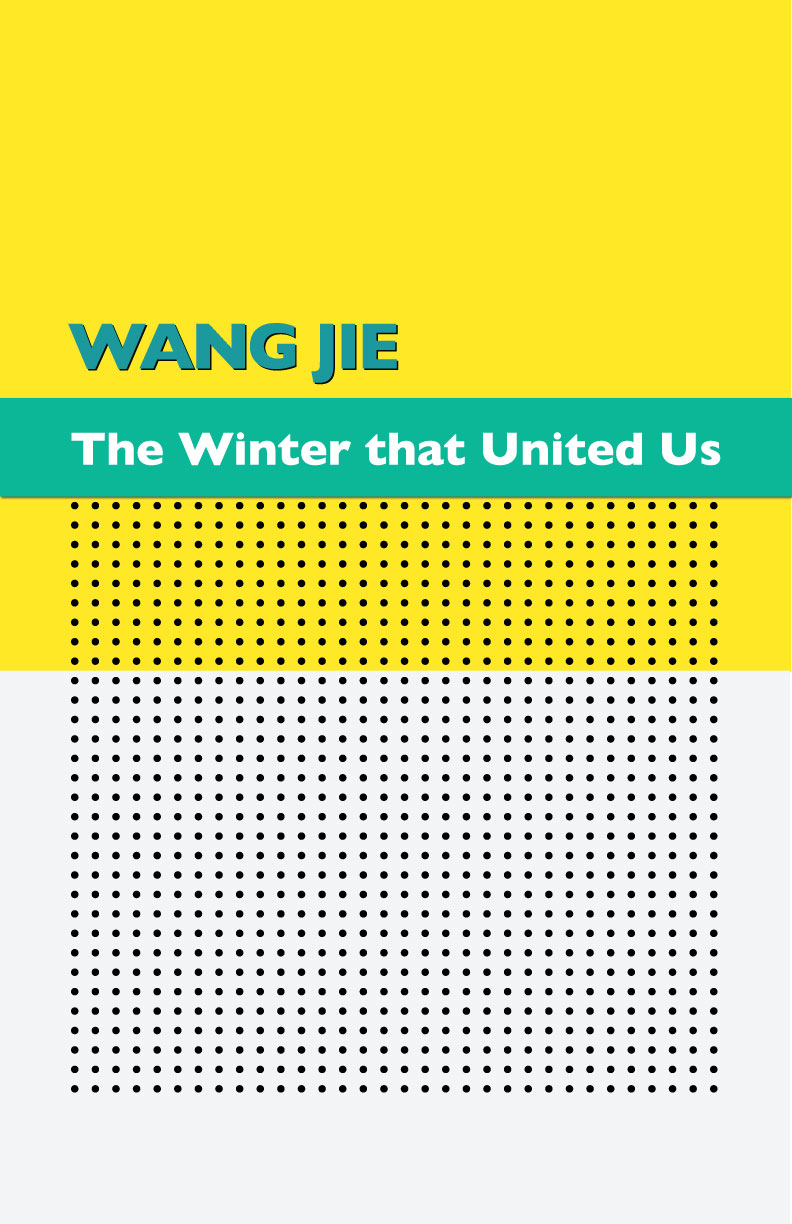THE WINTER THAT UNITED US

World Premiere:
June 11th 2022, Kleinhans Music Hall
The Buffalo Philharmonic Orchestra
JoAnn Falletta
Program Note
I have visited concert halls around the world. My music has sounded in venues around the country. Kleinhans is unlike any other. As far as Buffalonians are concerned, that’s just a fact of life. For me, there is more, that mysterious feeling as I live and work in NYC, but being constantly transported into the space that is Kleinhans, the air that makes the hall glow in warm orange, and the sound bed that is a thousand Buffalonians breathing in unison before JoAnn’s downbeat.
These are not matters of imagination or fantasy. I can’t manufacture the fact Sibelius’ Finlandia was one of my childhood favorites. I got to relive the elation of hearing it played live in Kleinhans just about ten years ago, when I first set foot in this miraculous music hall. My creative energy for “The Winter that United Us” has always been about memory. Those memories that were made in Kleinhans, vibrating in my body, the body that is the instrument of the composer. The memories that can only be made in Kleinhans, alive with JoAnn and the amazing musicians of the BPO. That first moment, like a first kiss, sealed the form this new symphony must take. I wrote it for the BPO, to celebrate Kleinhans and the people who gather tonight to witness it taking its first breath.
There are two aspects of the form that might be helpful as you experience this abstract work for the first time. One, Kleinhans’ interior orange glow guided me towards the final chord of “The Winter that United Us,” the E-flat Major. So many glorious pieces in orchestral history feature this key: Beethoven’s “Emperor” Concerto; Tchaikovsky’s 1812 Overture, and of course, Sibelius’ 5th Symphony, to name a few. You might also be interested to know that I have synesthesia. And I associate orange to be the “joyful” color. So it works both ways: when I hear the note E-flat, my brain mixes it up with the color orange! On my personal calendar, joyful activities such as rock climbing, and baking banana bread, are marked in the color orange. But that’s not all the connections I’ve discovered through this creative journey.
Bear with my inner engineer for a moment: according to composer Arthur Honegger’s cryptogram system, the word “Kleinhans” translates to the notes “F, F, E, C#, A#, B, A♮, Bb, F#;” and the word “Sibelius” becomes “F#, C#, A#, E, F#, C#, A#, F#.” I had myself a field day in F#s! Not only is F# the key of Mahler’s final and unfinished symphonic labor, it is the note that will not stop reaching for the note G. It’s just the next note ahead but somehow, not quite reachable. When it finally does lock into G, the F# unleashes the orange glow of E-flat major. If I can be successful in one thing with this piece, I hope that the audience experience the orange E-flat as the golden rays that signal the arrival of spring, and long ago, ignited life on earth.
One does not need to understand this embedded feature to experience my symphony. But I was giddy with joy when I made the discovery. I might have infected the piece with some of that joy. You’ll have to find me during intermission and let me know.
Now that I’ve assured you of the orange colored destination, I hope you might pick up a few “familiar faces” along the way. With the pandemic almost behind us, the winter in our hearts might be enough to unite the living. For me, it was a wake up call. I have been paying homage to my musical heroes since the beginning of my memory, and how those composers ignited my life force. It is only in music that I get to unite with them. Please allow me to save their names for a post-concert conversation.
-WJ
